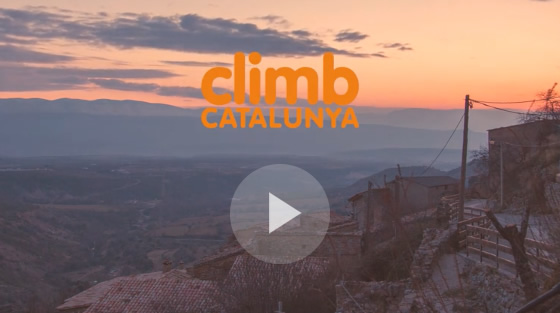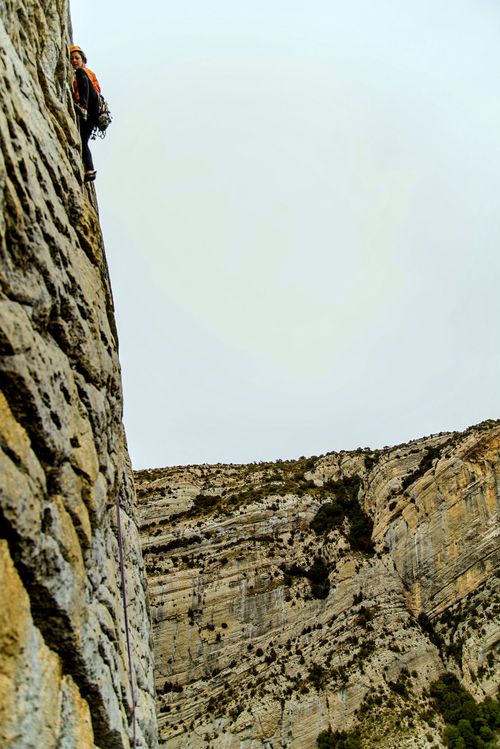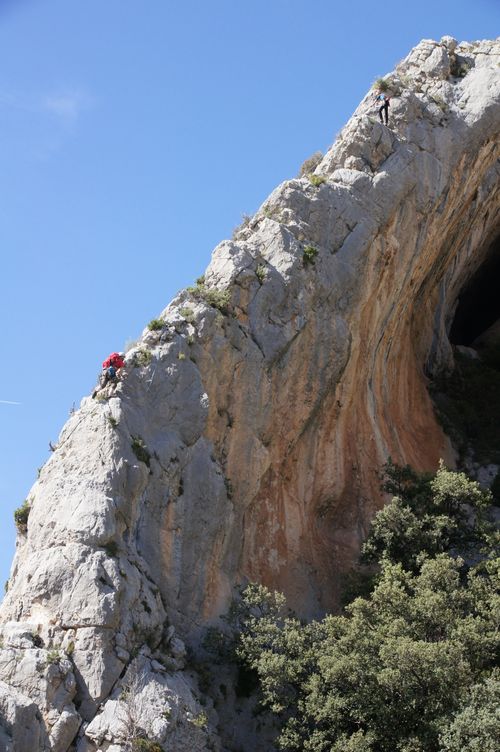Guiding & Courses / Bolt-on Instruction days / Multi-pitch Level 1
Quality teaching in an unforgetable environment
MULTI-PITCH CLIMBING - LEVEL 1
If you want to make the most of the tremendous multi-pitch climbing here, but need to learn, develop or consolidate the necessary skills, this one day unit is ideal. The day is designed to give competent single pitch climbers the basic skills to embark upon multi-pitch climbs with confidence. We start with a morning workshop at the base of the crag, followed by a guided instructional climb of five or six pitches and of 150 to 180 metres in length. These combine to enable the students to learn: how to choose appropriate routes; preparation for a multi-pitch climb; basic specific skills needed on the route; the importance of systematic communication between climbing partners on multi-pitch routes.
The method of instruction provides the ideal context for acquiring multi-pitch skills. Participants carry out all the rope work and stance management for themselves, as if they were climbing as a self sufficient team. On this course you will learn the skills and then put them into practice in a real multi-pitch situation on a great route of quality and atmosphere. Meanwhile, your instructor will closely supervise and ensure your continual safety throughout.
All of the routes we use for the course are exceptional climbs in themselves. The exact route depends on location and trip itinerary. In Montserrat, for example, we climb Esparraguera, considered a classic of the south faces. It is six pitches long and involves 180 metres of excellent climbing on slabs, airy arete and a final pitch of exciting corner climbing. Reaching the top of the route we move a short distance along a ridge to reach a 150 metre three pitch abseil descent. The climb raises a range of technical challenges which will consolidate a wide range of appropriate skills. What better way to gain the basics necessary to become a competent multi-pitch climber?
Course contents include:
Preparation
- Choosing a route
- Interpreting topos and guide books
- Finding the route and anticipating the descent
- Assessing what to take
- Strategies
On the route
- Getting off the ground
- Setting up the belay system
- Methods and devices for belaying the second
- Rope and stance management
- Topping out
- Issues of climbing long routes as a second
Communication
- Systems for ensuring optimal communication among the climbing team




